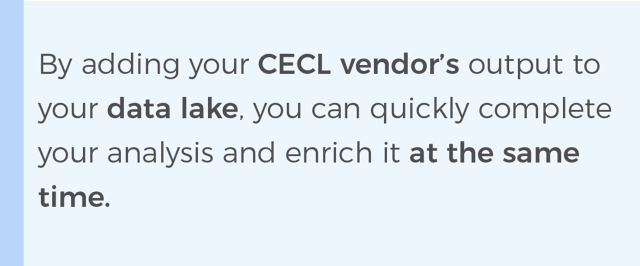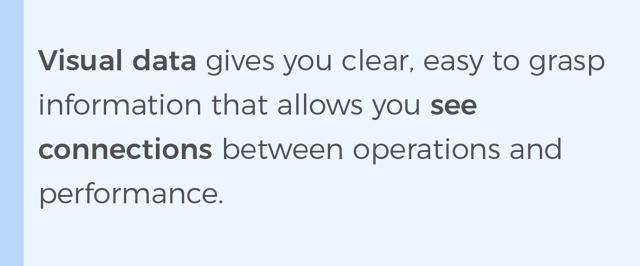What's your CECL data strategy?
by Arkatechture, on November 27, 2017
Prepare your data now, and your financial institution will benefit beyond CECL
If you’re a bank or credit union executive, you’re probably feeling some anxiety around CECL preparations. Your data will limit the models your institution can use, and if your data is dirty and in multiple systems, chances are your calculations will include wrong information that could affect your allowance. The good news is the sooner you get your data in order, the sooner transitioning to CECL will feel less burdensome.
So how do you get your data in order?
Collect your data now, and the better off you’ll be
Your first step in your CECL preparation is to collect all of your current and historical data. Data is crucial to modeling the life of loan credit cycle, and you need enough historical data to support your forecasts. Most banks and credit unions track detailed information about their historical loss rates, but that’s not enough. To build a forward-looking model, you'll need information about your good loans too. You’ll also need a time-series view of your loans over several years to understand what the life-of-loan performance will be. For mortgages, this could extend back ten years or more. Finally, if you portfolio strategy has changed in the last few years, you’ll need to collect information to quantify that too.

Data lakes are a great way to collect all of your data because they can handle structured and unstructured data with equal ease, and your data will always be there when you need it. A data lake also sets you up to perform the predictive analysis you need for CECL with timely access to all of your information, from all of your sources. Even if you’re planning to use a vendor model, you’ll need to defend its use and demonstrate that it provides reasonable estimates. By adding your CECL vendor’s output to your data lake, you can quickly complete your analysis and enrich it at the same time.
For your CECL groundwork, it’s best to load your full history into a data lake and then organize it through conformance views. Conformance views ensure you’re not applying the same formulas to different sources, that way minor variations don’t add up to significant errors. For example, rates won’t round up 2, 3, or 4 decimal places, simply because they come from different data sources. Another benefit of this approach is you start with a trusted, reconciled, data source that has KPIs you feel confident in, so your review starts off on solid ground.
Dirty data is the worst
A challenge all organizations face is data quality. Having good data will give your institution a lot more flexibility when it comes to applying CECL, so you need to get started now. The longer you wait, the dirtier your data will be — and the more likely your life-of-loan loss estimates will increase.
When you collect and organize all of your data, then a set of data quality rules for financial institutions can be applied that could impact CECL, like valid LTV ranges and states, or reasonable credit limits, as well as operational rules like VIN length or proper flood information for mortgages. Your investment in data quality will not only get a payback in reducing your CECL error and estimates, but if, for instance, you pledge your residential loans to the Federal Home Loan Bank, as part of your liquidity program, having information like flood encoding or LTV will help you identify more qualifying loans.
Visualize your data beyond CECL
Imagine your data is organized, cleaned-up, and you have confidence in it. Wouldn't it be great to identify trends quickly, apply standard groupings, understand your CECL impact, and adapt your portfolio strategy along the way? Visual data gives you clear, easy to grasp information that allows you see connections between operations and business performance.

When you incorporate your organizational goals into your data lake and line them up with your actual performance, dashboards and workbenches take data visualizations a step further and make them interactive giving you the advantage of better business insight. Plus, access to real-time analysis and foresight will drive innovation in your organization.
It’s time to call a data expert
No matter what, you're going to need some outside help to meet CECL compliance. Today, data and technology are your friends, and they make everything so much better. A data expert will help you;
-
Implement a data lake to get all of your information in one place
-
Check your data quality before you choose your CECL approach
-
Visualize your data for better Business Intelligence beyond CECL
-
Customize dashboards and workbenches for any department at your branch
Are you ready to tackle CECL? Do want a single source of truth?





